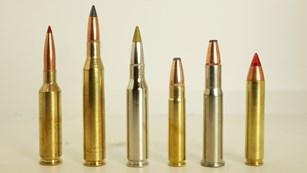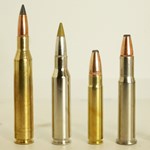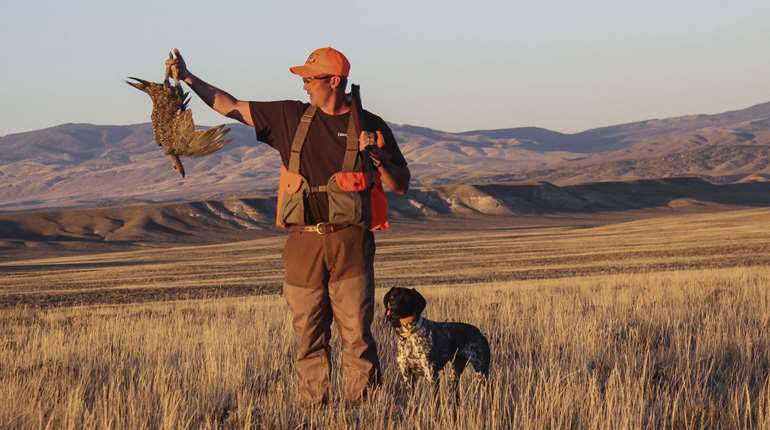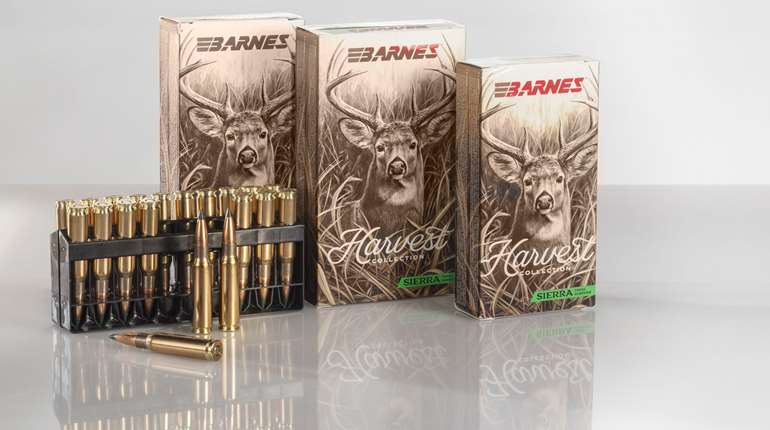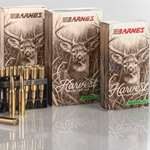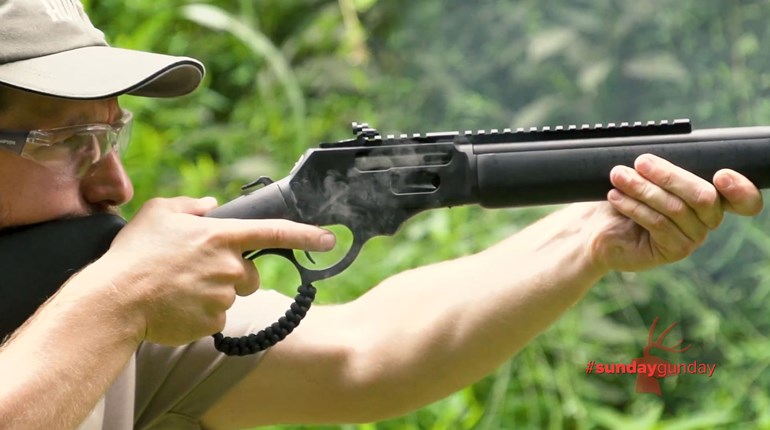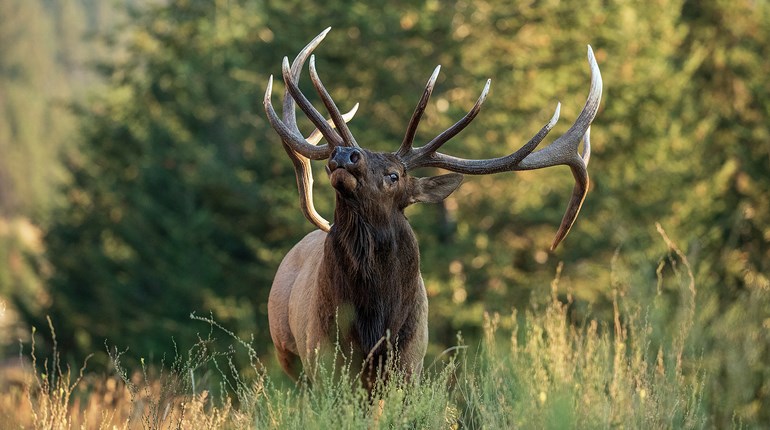
Following a severe drought in August 2012 and a cold, wet spring, it's no surprise that South Dakota's roadside pheasant count is down. But the dip is so drastic—a 64-percent decrease—that even state biologists are alarmed. The drop equates to hundreds of thousands of fewer birds in southern and central South Dakota.
South Dakota's Department of Game, Fish, and Parks reported a statewide average of 1.52 pheasants per mile, down from last year's mark of 4.19 birds per mile. Even the famed Aberdeen County is down to 1.7 birds per mile compared to last year's mark of 3.74.
Plausible causes are varied. Could it have been the cold, wet spring?
"Pheasants aren't great nesters in cold weather," Nick Cochran, a state conservation officer in Brown County, told the Aberdeen News. "They don't have a lot of plumage, so their eggs can freeze."
The state also noted few summer insects, such as grasshoppers, crickets and caterpillars, which are a primary food source for pheasant chicks in their first weeks of life.
Perhaps worst of all, far too much potential pheasant habitat is now tied up in crops, primarily due to the high price of corn (thank you, ethanol). Conservation Reserve Program dollars can simply not compete. And, in this age of economic turmoil, CRP has been slashed dramatically. The U.S. Department of Agriculture's recently announced 45th CRP general signup will accept just 1.7 million acres—its lowest in 26 years. This will only add to the 14.7 million acres of CRP grassland we've lost since 2007.
South Dakota is not some magic pheasant oasis. If you lose your habitat, you lose your pheasants. Ask any Pennsylvania hunter over 35. Ask any Iowan. And, if we stay the course, I fear we may soon ask South Dakotans.


